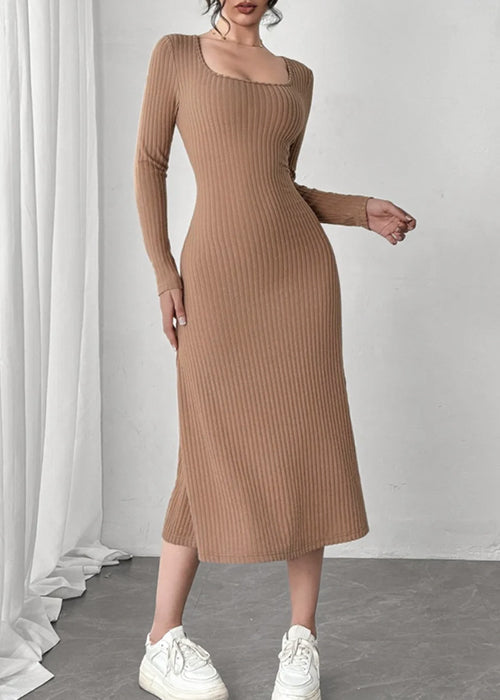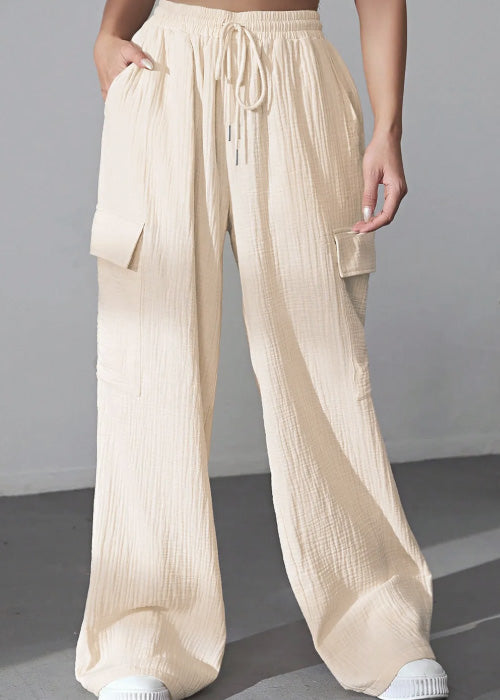Jersey fabric, commonly referred to as tricot, is a versatile and popular textile known for its comfort, stretchability, and range of applications in fashion. This fabric is widely used in both casual and activewear, offering a balance of softness and durability. In this guide, we'll explore the history, types, uses, and care tips for jersey fabric to help you understand why it’s a staple in modern wardrobes.
What is Jersey Fabric?
Jersey fabric is a knit fabric made from various fibers such as cotton, wool, or synthetic materials. It is known for its smooth, stretchy nature, which is achieved through the process of knitting rather than weaving. Jersey is recognized by its distinctive stretch, making it ideal for form-fitting garments like t-shirts, dresses, and sportswear.
History of Jersey Fabric
Originally made from wool, jersey fabric was first used for undergarments and casual clothing in the 19th century. The fabric was named after the island of Jersey, part of the Channel Islands, where it was first produced. Over time, jersey transitioned from a material for men’s shirts to a widely used fabric in women’s fashion, thanks to its flexibility and comfort.
Types of Jersey Fabric
There are several types of jersey fabric, each with unique qualities. Let’s take a look at the most common variations:
1. Cotton Jersey
- Made from cotton fibers, this is the most common and affordable type of jersey fabric. It is breathable, soft, and comfortable, making it perfect for everyday wear.
- Uses: T-shirts, casual dresses, loungewear, and baby clothing.
2. Polyester Jersey
- Polyester blends offer durability and resistance to wrinkles and shrinkage. This type of jersey is often used for athletic wear.
- Uses: Sportswear, activewear, and workout leggings.
3. Rayon Jersey
- Rayon jersey combines the smooth texture of rayon with the stretchiness of jersey knit. It is lightweight and drapes beautifully, giving garments a luxurious feel.
- Uses: Dresses, blouses, and stylish tops.
4. Lycra or Spandex Jersey
- Lycra or spandex blends provide maximum stretch and are often used in form-fitting clothing. This jersey type is commonly seen in workout clothes and performance apparel.
- Uses: Sportswear, leggings, and bodycon dresses.
5. French Terry Jersey
- This jersey is characterized by a looped texture on one side, providing extra softness and absorbency. It is often used in casual loungewear and activewear.
- Uses: Sweatshirts, joggers, and beachwear.
6. Double Knit Jersey
- Double-knit jersey fabric is thicker and more durable than single-knit jersey, offering more structure and less stretch. It’s ideal for tailored pieces.
- Uses: Skirts, dresses, and jackets.
Uses of Jersey Fabric
Jersey fabric is widely used in the fashion industry for various garments. Here are the most popular uses:
- T-shirts and Tops: Due to its softness and comfort, jersey is a go-to fabric for everyday t-shirts and tops.
- Dresses and Skirts: Jersey is commonly used for creating form-fitting dresses, casual skirts, and maxi dresses.
- Activewear: The stretchiness of jersey fabric makes it perfect for yoga pants, leggings, sports bras, and workout tees.
- Loungewear: Jersey is soft, breathable, and comfortable, making it ideal for relaxed and cozy loungewear such as sweatpants, hoodies, and pajamas.
Advantages of Jersey Fabric
Jersey fabric is known for several key benefits that make it a popular choice in both fashion and comfort:
- Stretchability: Jersey stretches in all directions, making it perfect for garments that need to fit close to the body.
- Comfortable: Soft and smooth against the skin, jersey is perfect for everyday wear.
- Durability: Despite its soft feel, jersey fabric is durable and holds up well with repeated washing.
- Breathable: Especially when made from cotton, jersey is breathable, making it suitable for warm-weather wear.
- Versatility: Jersey fabric can be used for a wide range of garments, from casual wear to more tailored pieces.
Disadvantages of Jersey Fabric
While jersey fabric has many benefits, there are a few drawbacks to consider:
- Tendency to Stretch Out: Depending on the fiber content, jersey fabric can lose its shape after repeated wear and washing, especially in garments made from synthetic fibers.
- Pilling: Some types of jersey fabric, especially lower-quality ones, can pill over time, especially in areas that experience friction.
- Wrinkling: Jersey, particularly those made from synthetic fibers, can wrinkle, which may require extra care in maintenance.
How to Care for Jersey Fabric
Proper care will help extend the life of your jersey garments. Follow these simple tips:
1. Washing
- Machine wash your jersey fabric in cold water to prevent shrinkage.
- Turn garments inside out before washing to minimize wear and tear.
- Use a gentle detergent and avoid bleach, which can damage the fabric.
2. Drying
- Air dry your jersey garments to prevent shrinking, especially if made from cotton or wool. Hang them up or lay them flat.
- If using a dryer, use the lowest heat setting to prevent damage to the fabric.
3. Ironing
- Jersey fabric typically doesn’t require ironing, but if it becomes wrinkled, use a low heat setting. Iron inside out to avoid damaging the fabric’s surface.
4. Storage
- Store your jersey clothing in a cool, dry place. Avoid hanging items like t-shirts to prevent them from stretching out. Instead, fold them neatly.
Conclusion
Jersey fabric is an incredibly versatile and comfortable textile, suitable for a wide range of clothing items from everyday wear to activewear. With its stretch, durability, and soft texture, it’s no wonder jersey remains a favorite in the fashion industry. Whether you're looking for a cozy t-shirt, a form-fitting dress, or stretchy workout gear, jersey fabric is the perfect choice.






